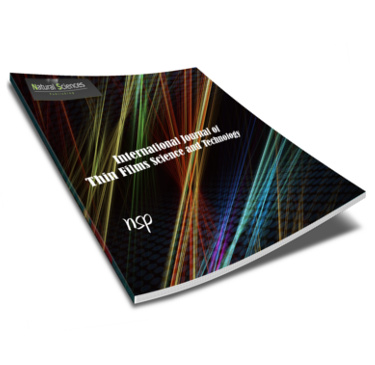International Journal of Thin Film Science and Technology

Abstract
Composite nanocatalysts have gained significant consideration in recent years due to their unique physicochemical characteristics and potential in several industrial applications. The synthesis of composite nanocatalysts can be achieved through various methods such as physical mixing, auto-combustion, sol-gel synthesis, impregnation, in situ synthesis, co- precipitation, and hydrothermal synthesis. These methods offer advantages such as simplicity, control over morphology and particle size, reproducibility, and high purity. The selection of the appropriate synthesis method depends on various factors such as the desired properties, target application, and cost-effectiveness. The applications of composite nanocatalysts in energy conversion, environmental remediation, pharmaceuticals, and petrochemical industries have been studied. Composite nanocatalysts have shown superior catalytic activity, selectivity, and stability compared to their single-component counterparts. The development of composite nanocatalysts and their applications in various industries have shown great potential in solving current global challenges. The synthesis method and composition of composite nanocatalysts must be optimized to achieve high efficiency, stability, and selectivity for specific applications. Further research is needed to explore new synthesis methods and expand the scope of applications for composite nanocatalysts.
Recommended Citation
AbdulRasheed, Tawakalitu; Afotey, Benjamin; and Adjah Anang, Daniel
(2024)
"Recent Advances in Methods for Synthesizing Composite Nanocatalysts and Their Applications: A Literature Review,"
International Journal of Thin Film Science and Technology: Vol. 13
:
Iss.
1
, PP -.
Available at:
https://digitalcommons.aaru.edu.jo/ijtfst/vol13/iss1/4

